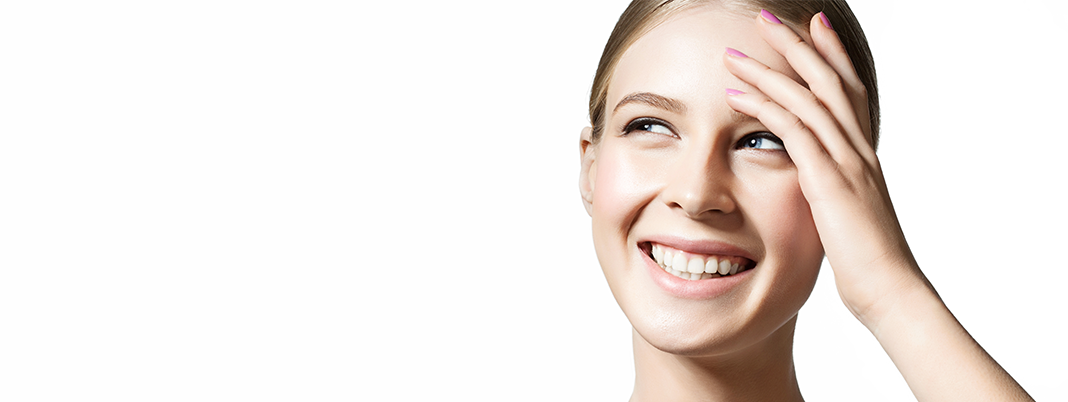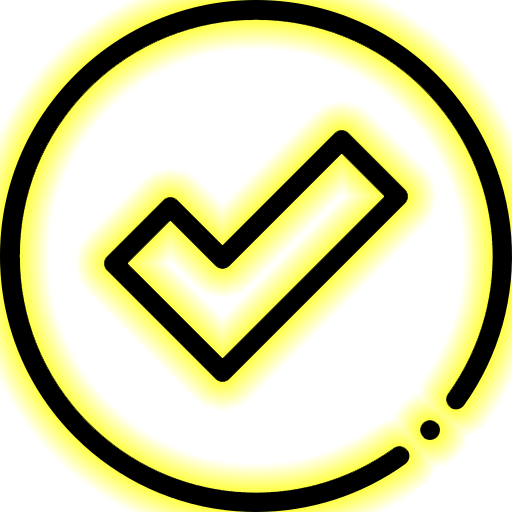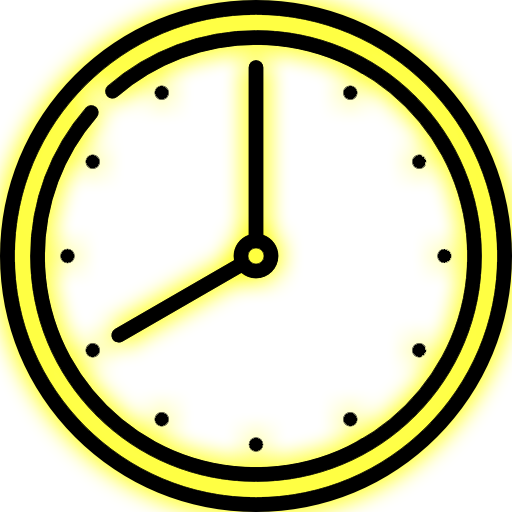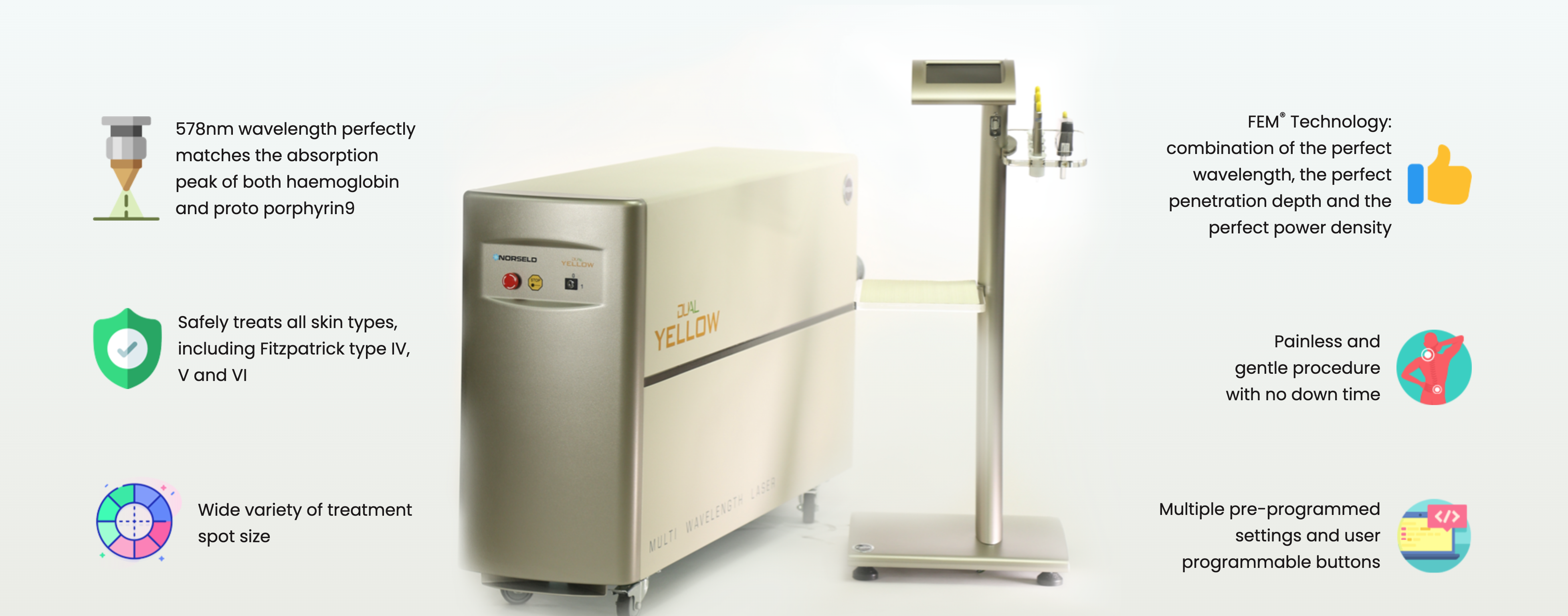Our Services
- Neuromodulators
- Medical Facial In Singapore
- Laser Rejuvenation
- Autologous Skin Microfrafting for Androgenetic Alopecia
- Clear & Smooth Laser
- Eye Thread Lift
- Fractional Resurfacing Laser
- Hydration Fillers/Skin-boosters
- Hyaluronic Acid Injections For The Face & Skin 逆時針
- Laser Hair Removal
- Fat Freezing Treatment (FDA Approved)
- The Dermalift
- Pigment Recovery Program
- Salmon DNA Injection 婴儿针
- Fractional Resurfacing Laser with no down time
- Laser Tattoo Removal
- Steroid Injection
- Laser Treatment For Acne & Acne Scars
- Dermal Fillers
- Skin Brightening Laser Treatment in Singapore
- Skin Tightening & Facelift Treatment In Singapore
- 安全无创超声刀Non-invasive Skin Tightening & Lifting Treatment
- TESLA Former
- Non surgical RF skin tightening
- ThermiVa
- Thread Lift
- Laser Removal of Skin Growths
- RF Microneedling Treatment – Skin Brightening
- Laser Body Contouring
- Non-Invasive Fat Reduction In Singapore
- Non surgical RF skin tightening
- Nose Thread Lift
- Facial Acne Treatment in Singapore
- Body Slimming Treatment Singapore: A Guide to Contouring Solutions
- Skin Hydration Treatments for Dull Skin
- Thermage FLX
Laser Treatment For Acne & Acne Scars
*This treatment is performed by Singapore Medical Council (SMC) registered doctors.

-

Procedure Type
Laser
-

Results
Brighter, clearer skin
-

Downtime
No
-

Where
Face
-

Procedure Time
20 - 30 minutes
What is acne & acne scar laser treatment?
Acne and acne scar laser treatment involves the utilisation of a acne red mark laser, which operates with two distinct wavelengths of energy: 578nm yellow and 511nm green. These energy wavelengths seek to penetrate the skin’s outer layer, the epidermis, at precisely calibrated depths. This process is designed to achieve multiple objectives:
Stimulate Collagen Production: The laser treatment aims to trigger collagen production within the skin, promoting its natural healing and rejuvenation process.
Reduce the Appearance of Blood Vessels: By targeting specific structures within the skin, the treatment seeks to help diminish the visibility of blood vessels, enhancing the skin’s overall appearance.
Lighten Red Spots: The laser’s energy targets the lightening of red spots, particularly those resulting from acne or skin inflammation.
Combat Bacterial Growth: The yellow light component of the laser effectively combats Propionibacterium acnes bacteria, which is often associated with acne breakouts.
Shrink Overactive Sebaceous Glands: Overactive sebaceous glands can contribute to skin issues, and this treatment aids in shrinking them to regulate sebum production.
Who is this For?
Acne strikes at any age and even after recovering from the active inflamed stage, there will always be marks and scars from the acne episode. But! You do not have to live with it.
The acne red mark laser is ideal for patients wanting to clear post-acne red marks caused by skin inflammation or dilation of blood vessels. This acne red mark laser is also suitable for treating existing active acne and rosacea.
Different Types of Acne Scars
Acne is primarily triggered by the accumulation of dead skin cells, bacterial infection, and unchecked inflammation. Various factors such as hormones, genetics, and diet contribute to its development. Acne scars typically form as blemishes become inflamed, causing the pore’s wall to break down. Smaller blemishes lead to shallow scars that heal relatively quickly, while more severe cases result in deeper and more noticeable scarring such as:
Ice Pick Acne Scars: These scars resemble the tool they are named after, starting broad at the top and tapering to a point deeper within the skin. They are common and challenging to treat, often found on the upper cheeks and forehead.
Rolling Acne Scars: Common on the jaw and lower cheeks, these scars create an uneven, wavy appearance due to their sloping edges.
Boxcar Acne Scars: With sharper edges, these scars penetrate deeper into the skin and are typically found on the jaw and lower cheeks.
Hypertrophic Acne Scars: These scars protrude from the skin’s surface due to an overgrowth of fibrous tissue at the acne lesion site. They can be painful, sensitive, or itchy, commonly occurring on the jawline, shoulders, back, and chest.
Different treatments for active acne and acne marks
Laser treatments have emerged as a primary source of hope for individuals seeking treatments to combat active acne and the lingering marks or scars it can leave behind. These innovative therapies are designed to harness the power of focused laser technology to address the root causes of acne and aim to promote skin rejuvenation.
They often focus on targeting the sebaceous glands responsible for excessive oil production, as well as the bacteria Propionibacterium acnes, which play a pivotal role in acne development. Through seeking to reduce oil production and eliminate bacteria, these treatments aim to help control and manage acne outbreaks.
For those seeking more in-depth information about laser treatments for acne, as well as a comprehensive understanding of the options available, explore the different treatments for acne for more insights and guidance. Whether you’re battling active acne or aiming to address the aftermath of acne on your skin, it is a valuable resource to explore your options and make informed decisions about your skincare journey.

What is The Procedure Like?
Before the procedure, a therapist prepares your skin by thoroughly cleansing and applying a cooling gel. Once your skin is relaxed, the treatment tip is gently passed across your face using circular motions. Specific blemishes or lesions are zapped with a satisfying, brief tingling sensation.
The treatment aims to be comfortable and usually takes about 20 to 30 minutes
What Results Can I Expect?
The treatment aims to deliver reduced redness, fade post-acne marks, clearer and brighter skin. If you suffer from acne, it also seeks to reduce acne production.
More significant and obvious results are typically seen after three to five sessions. Individual results may vary, so consult your doctor for more information about the results you can expect to see.
Is There Any Downtime After My Treatment?
Typically, little to no downtime is expected for this treatment. But it is advisable to consult your doctor about the downtime expected as individual results may vary.
Recommendations From the Doctor
The acne red mark laser works within the epidermis and dermis to target pigmented marks, hence combining it with the Sylfirm and Lasemd laser treatment that aims to smoothen the surface of your skin may potentially help to achieve a comprehensive outcome. But it is best to consult your doctor as they will know your skin condition the best.
Frequently Asked Questions About Laser Treatment For Acne & Acne Scars
It’s crucial to avoid picking or squeezing pimples, as this can exacerbate scarring. A skincare routine that includes gentle cleansing, exfoliation, and the use of non-comedogenic products can also help minimise the risk of scarring. For severe or persistent acne, seeking professional dermatological treatment is advisable.
The duration of treatment results can vary from person to person and depends on the specific treatment used. A realistic outlook is crucial, as achieving the desired outcome may require multiple sessions and ongoing skincare maintenance.
While side effects can vary depending on the specific treatment, common ones may include temporary redness, swelling, and mild discomfort. However, these side effects are usually short-lived and tend to subside within a few days. It’s essential to discuss potential side effects with your doctor before the procedure.
In most cases, you should be able to resume work or perform light daily activities immediately following the procedure. However, engaging in strenuous exercise and activities may need to be avoided for a short period as advised by your doctor.
To maintain the treatment results, it’s important to follow post-treatment care instructions provided by your healthcare provider. These may include avoiding sun exposure, using sunscreen, adhering to a specific skincare routine, and attending follow-up appointments as recommended.

